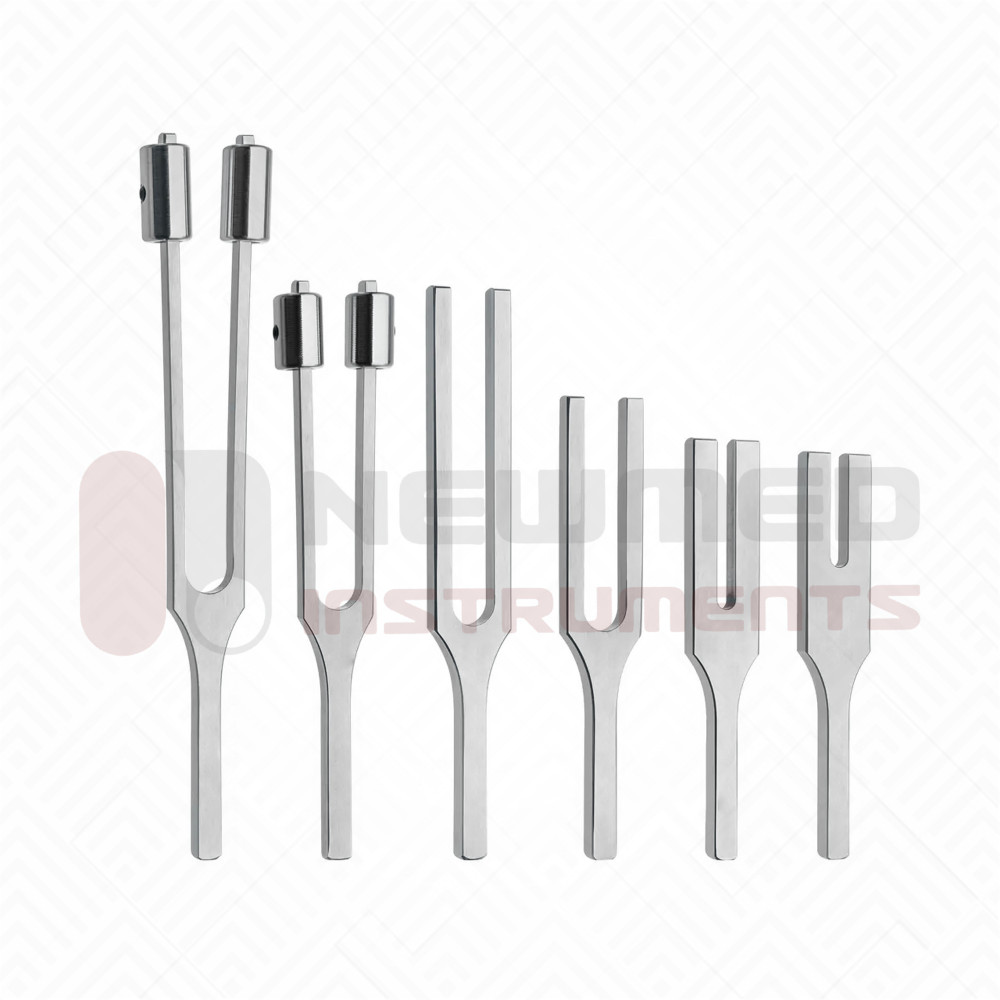The Essential Guide to Clamp Forceps in Surgery

In the intricate world of surgical procedures, precision and control are paramount. Surgeons rely on a vast array of specialized tools to ensure patient safety and successful outcomes. Among the most fundamental of these are surgical clamps, which are indispensable for managing blood flow and manipulating tissues. These clamp forceps instruments allow medical professionals to temporarily halt the flow of bodily fluids in vessels, providing a clear and controlled surgical field. Their design is a testament to the blend of simplicity and high functionality required in the operating room.

Exploring the Versatility of Clamp Forceps
The term clamp forceps encompasses a wide variety of instruments, each designed for a specific purpose. These tools are characterized by their ring handles and a locking mechanism, known as a ratchet, which allows them to be held in a closed position without constant pressure from the surgeon's hand. This feature is crucial during long procedures, as it reduces hand fatigue and ensures a consistent, secure grip on vessels or tissues. The jaws of the forceps can be straight or curved, with serrations that can be delicate or aggressive, depending on the type of tissue they are intended to hold. This adaptability makes them a cornerstone of nearly every surgical specialty.
Key Types and Their Applications
Different surgical scenarios call for different types of clamps. For instance, rochester carmalt hemostatic forceps are used to clamp blood vessels and control bleeding. Arterial forceps, like the Kelly or Crile models, are common examples. Other designs, such as intestinal clamps or towel clamps, serve entirely different functions, from gently occluding sections of the bowel to securing surgical drapes. The selection of the right clamp forceps is a critical decision made by the surgeon, based on the specific anatomy and requirements of the procedure.
The Importance of Quality and Precision
The performance of a surgical instrument directly impacts the outcome of a procedure. High-quality materials, such as surgical-grade stainless steel, ensure durability and the ability to withstand repeated sterilization cycles without degradation. Precise engineering is equally important. A well-made clamp forceps will have a smooth, reliable locking mechanism and jaws that align perfectly, providing a secure grip without causing unnecessary trauma to the tissue. This level of quality is non-negotiable for achieving perfect and precise results for patients.
Meeting the Needs of Healthcare Professionals
New Med Instruments seeks to provide quality Surgical instruments and superior service to Surgeons, Students, and healthcare Professionals all over the world. We understand that these professionals value perfect and precise results for their patients. A reliable clamp forceps is a basic yet vital component of any surgical toolkit. Whether a surgeon is just starting their practice or endeavoring to improve their techniques and add new procedures to an established repertoire, our products will meet their specific surgical needs, ensuring they have the trusted tools required for excellence. Choosing the right supplier is as important as choosing the right instrument.
Proper Care and Handling for Longevity
To ensure the continued performance and safety of any surgical instrument, proper care and maintenance are essential. After each use, a clamp forceps must be thoroughly cleaned, inspected for damage, and sterilized according to strict protocols. This process removes biological debris and prevents cross-contamination. Regular inspection of the ratchet mechanism and jaw alignment helps identify wear and tear before it can compromise the instrument's function in a critical moment, guaranteeing it remains a reliable tool for surgeons.
- Art
- Causes
- Crafts
- Dance
- Drinks
- Film
- Fitness
- Food
- Giochi
- Gardening
- Health
- Home
- Literature
- Musica
- Networking
- Altre informazioni
- Party
- Religion
- Shopping
- Sports
- Theater
- Wellness


